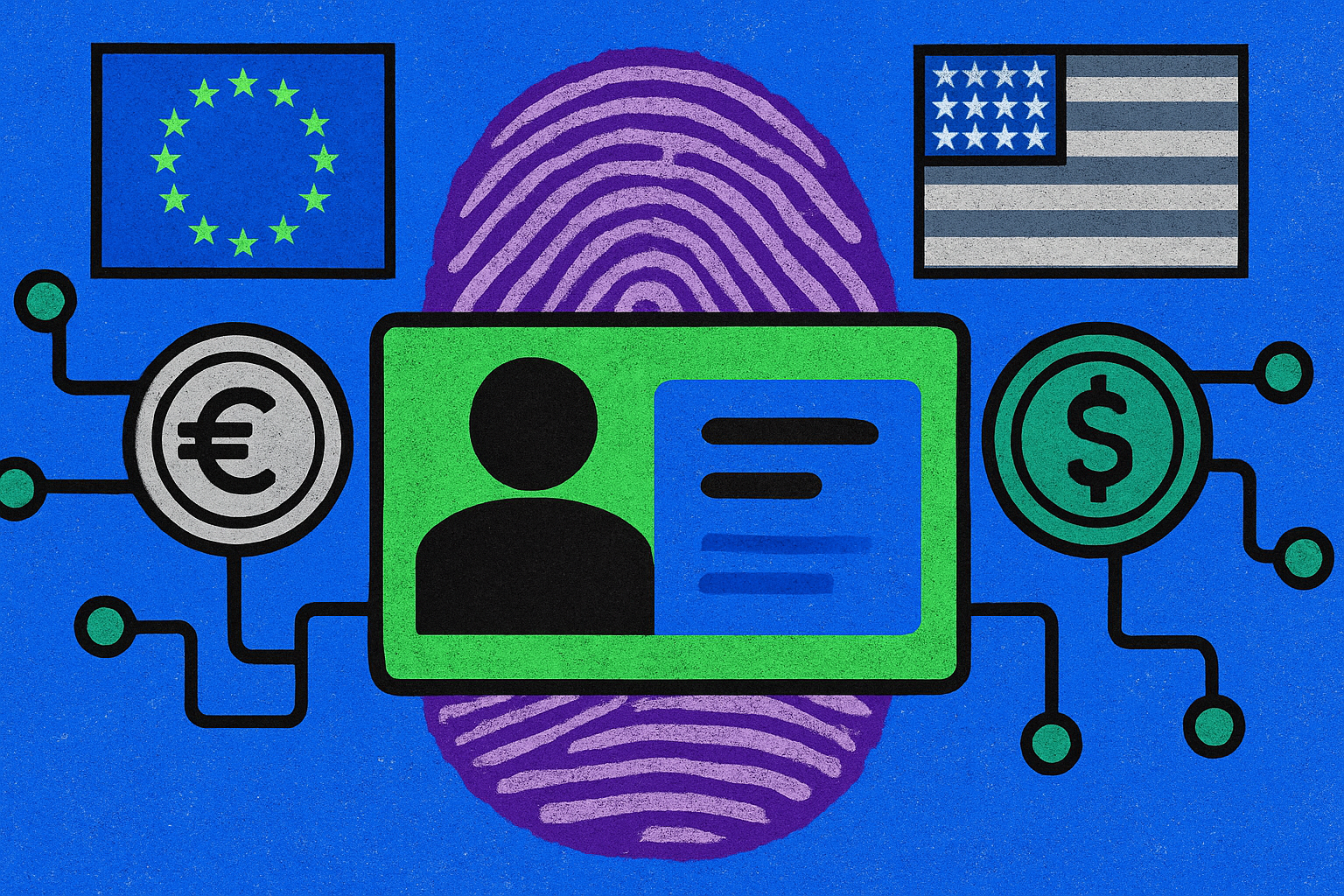
The U. S. stablecoin landscape has been permanently reshaped by the GENIUS Act of 2025, a sweeping piece of legislation that brings stablecoin issuance and operation under a robust federal framework. If you’re an issuer, compliance officer, or even a merchant eyeing digital asset payments, understanding these new rules isn’t just important, it’s essential for survival and growth in the American digital asset market.

Who Can Issue Stablecoins? The New Gatekeepers
One of the most immediate impacts of the GENIUS Act is its clear definition of who qualifies as a Permitted Payment Stablecoin Issuer (PPSI). Gone are the days when any tech startup could spin up a dollar-pegged token and hope to scale. Under the new law, only entities that pass rigorous federal or certified state scrutiny can issue payment stablecoins in the U. S.
- Subsidiaries of insured depository institutions (think major banks)
- Nonbank institutions supervised by the Office of the Comptroller of the Currency (OCC)
- State-chartered entities: but only if their home state’s rules are deemed “substantially similar” to federal standards
This means most non-financial firms are effectively locked out unless they earn unanimous approval from a high-level review committee including Treasury, Federal Reserve, and FDIC leadership, a rare feat. For more on how these gatekeeping changes affect both new entrants and established players, see our deep dive: GENIUS Act 2025: What U. S. Stablecoin Issuers Need to Know About New Licensing and Compliance Rules.
Federal Preemption: Goodbye Patchwork State Licensing?
If you’ve ever tried to launch a money services business in America, you know about the labyrinthine patchwork of state-by-state licensing. The GENIUS Act cuts through much of this red tape for permitted issuers by expressly preempting most state money transmitter laws. Instead, qualified issuers can operate nationwide under federal oversight, or under approved state regimes that meet strict federal standards for those with less than $10 billion in outstanding stablecoins.
This shift is seismic for compliance teams used to juggling dozens of state regulators. However, it also means heightened expectations for transparency and operational controls at both state and federal levels.
Treasury Backing: Full Reserve Means Full Accountability
The heart of any stablecoin regime is its reserve, how do you guarantee every digital dollar is actually worth $1? The GENIUS Act mandates full reserve backing with high-quality liquid assets:
- U. S. dollars held at insured institutions
- Short-term U. S. Treasury bills
- Other cash-equivalent instruments as approved by regulators
No more creative accounting or risky collateral; every issued coin must be matched one-to-one with real-world value. Crucially, these reserves must be held in bankruptcy-remote accounts, meaning your coins are protected even if an issuer goes under.
The law also prohibits rehypothecation (using reserves as collateral elsewhere) except for short-term liquidity needs via repurchase agreements backed by Treasuries. Transparency is further enforced through monthly public disclosures signed off by CEOs/CFOs and regular third-party audits, a radical shift toward consumer confidence and market integrity.
The AML Overhaul: Stablecoins Now Squarely Under BSA Rules
If you’re handling compliance or risk management, pay close attention here: The GENIUS Act officially classifies permitted stablecoin issuers as financial institutions under the Bank Secrecy Act (BSA). That means full anti-money laundering (AML) programs are now mandatory, including customer identification procedures (KYC), ongoing transaction monitoring, suspicious activity reporting, and robust sanctions screening.
This not only aligns digital asset regulation with traditional finance but also raises expectations for internal controls and staff training across all PPSIs operating in or serving U. S. customers.
As the dust settles from the GENIUS Act’s passage, stablecoin issuers are racing to overhaul their compliance playbooks. The 18-month transition period, ending January 18,2027, gives existing projects a narrow window to shore up reserves, implement new AML controls, and restructure operations for federal scrutiny. For some, this will be a sprint; for others, a marathon of legal and technical upgrades.
What Does This Mean for Merchants and Payment Platforms?
If you’re a merchant or fintech platform eyeing stablecoin payments, the GENIUS Act’s clarity is a double-edged sword. On one hand, you’ll benefit from greater consumer trust and fewer doubts about whether a digital dollar is truly worth $1. On the other hand, onboarding with non-compliant issuers is now a non-starter, expect payment partners to demand proof of federal or certified state licensure and monthly reserve disclosures.
For payment processors and wallet providers, this also means updating your own risk assessments and vendor due diligence. The days of “let’s see what happens” are over; regulators expect everyone in the transaction chain to know exactly where those stablecoins come from, and how they’re backed.
Transparency as Table Stakes: Monthly Disclosures and Audits
The GENIUS Act’s reporting rules set a new bar for transparency in digital assets. Every month, permitted issuers must publish detailed breakdowns of their reserve assets and outstanding coins, signed by both CEO and CFO under penalty of law. Third-party audits are no longer optional; they’re baked into ongoing compliance requirements.
This level of visibility not only reassures end users but also empowers regulators to spot problems early. If you’re an issuer who previously relied on opaque structures or creative accounting, it’s time to rethink your business model, or risk federal enforcement.
Market Impact: Who Wins, Who Loses?
The GENIUS Act creates clear winners: federally supervised banks with strong compliance teams and deep pockets will find it easier than ever to enter (or dominate) the stablecoin space. Smaller fintechs may struggle with the cost of audits and reporting unless they partner with compliant custodians or pivot to niche markets under state-certified regimes.
Meanwhile, consumers stand to gain from more robust protections against insolvency or fraud, but may see fewer experimental tokens on offer as barriers to entry rise. For international issuers hoping to serve U. S. customers, prepare for extra hoops: cross-border offerings will need airtight legal opinions that their operations meet U. S. standards.
Implementation Timeline: What Happens Next?
- Now: New issuers must seek approval as PPSIs before launching in the U. S.
- By January 2027: Existing projects must complete transition steps, reserve segregation, AML program upgrades, monthly disclosures, to remain operational.
- Ongoing: Expect evolving guidance from OCC and Treasury as regulators fine-tune oversight based on market feedback.
If you’re looking for practical steps or want more granular details on licensing pathways and reporting templates under the new law, check out our full compliance guide here: GENIUS Act 2025: What U. S. Stablecoin Issuers Need To Know About New Federal Compliance Rules.




